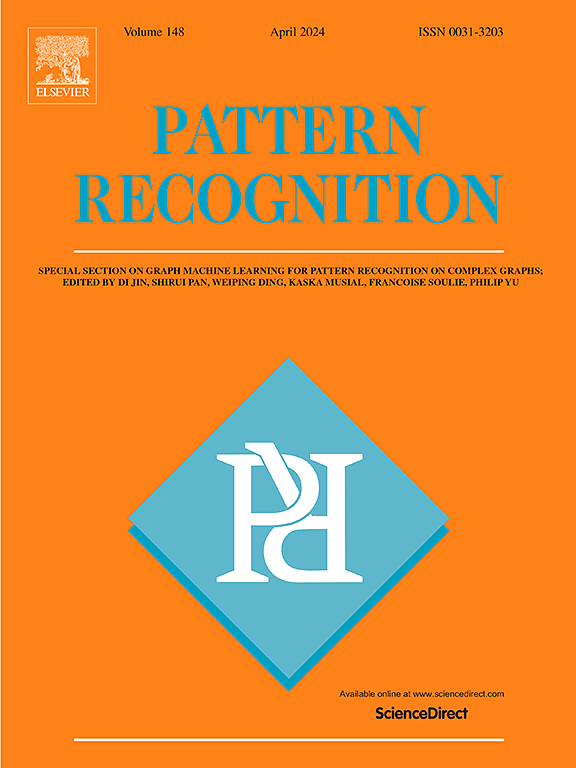Edge-enhanced semi-supervised vertical convolutional neural network for tubular structure segmentation: Application to medical images
IF 7.5
1区 计算机科学
Q1 COMPUTER SCIENCE, ARTIFICIAL INTELLIGENCE
引用次数: 0
Abstract
Accurate segmentation of tubular structures in the human body is crucial for disease diagnosis and preoperative planning in clinical practice. However, achieving precision in segmenting tubular structures in medical images proves challenging due to their highly intricate, furcated, and slender nature. This complexity also challenges obtaining a substantial amount of labeled data necessary for training deep learning models. To address these challenges, we propose ESVC-Net, a novel Edge-enhanced Semi-supervised Vertical Convolutional neural network designed to produce accurate tubular structure segmentation. Unlike traditional convolution approaches at a single scale, we propose a cross-scale vertical convolution module, enabling the learning of abundant multi-scale features for furcated and slender structures in the encoder. To enhance discriminability around the boundary, we introduce an edge spatially adaptive enhancement module. This module integrates edge features learned from the auxiliary edge detection task into the segmentation process. Furthermore, we employ a semi-supervised learning method, leveraging a significant amount of unlabeled data to enhance segmentation performance. We validate the effectiveness of ESVC-Net on two types of tubular structures: the lumbosacral plexus using MR images and the airway using CT images. Experimental results show that the superiority of ESVC-Net over state-of-the-art methods.
求助全文
约1分钟内获得全文
求助全文
来源期刊

Pattern Recognition
工程技术-工程:电子与电气
CiteScore
14.40
自引率
16.20%
发文量
683
审稿时长
5.6 months
期刊介绍:
The field of Pattern Recognition is both mature and rapidly evolving, playing a crucial role in various related fields such as computer vision, image processing, text analysis, and neural networks. It closely intersects with machine learning and is being applied in emerging areas like biometrics, bioinformatics, multimedia data analysis, and data science. The journal Pattern Recognition, established half a century ago during the early days of computer science, has since grown significantly in scope and influence.
 求助内容:
求助内容: 应助结果提醒方式:
应助结果提醒方式:


